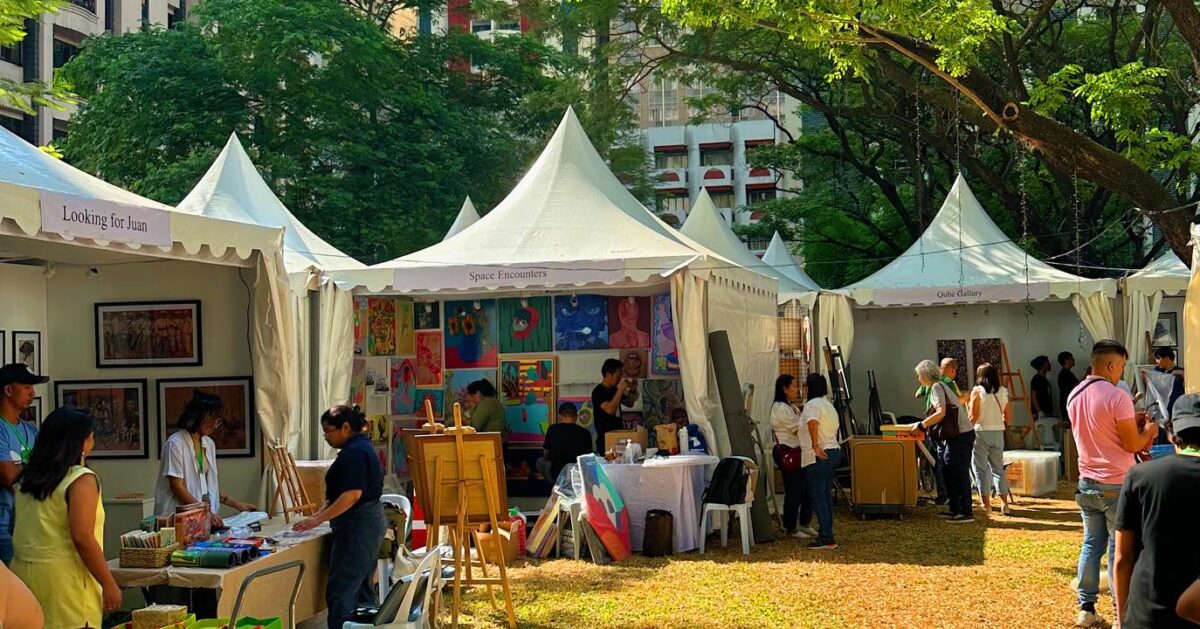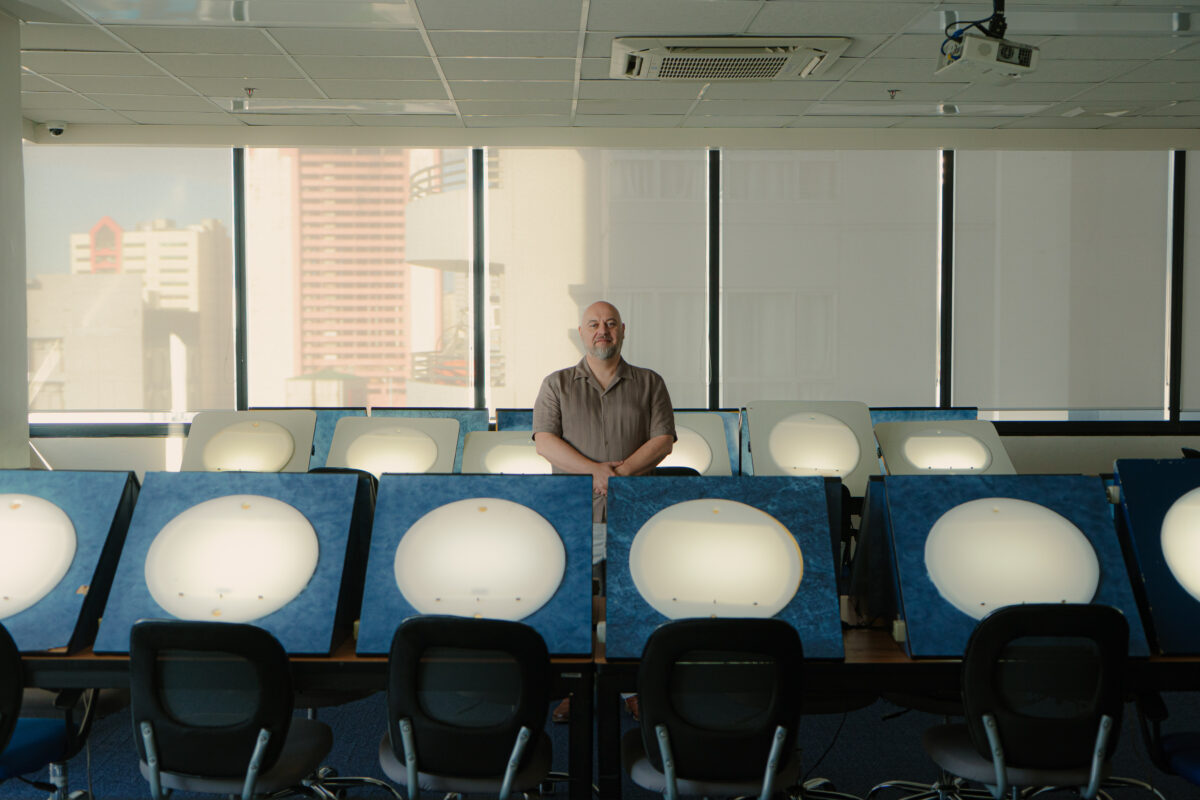Consumer may be reaching their saturation point in terms of new phones and other gadgets. In a survey Greenpeace East Asia commissioned across six countries, consumers expressed the view that mobile phone manufacturers were releasing too many models.
Survey participants also wanted manufacturers to recycle their products. And four among five of those surveyed said it was important that a new smartphone could be easily repaired if damaged.
This view may not be all that surprising. The market for used phones and gadgets is shrinking. With prices falling significantly, people can afford to buy brand new products rather than accept hand-me-downs or pay for second-hand items.
Besides, new models often only add or tweak slightly one or two features in what people already have.
“Over half of respondents across the countries surveyed agree that manufacturers are releasing too many new models, many designed to only last a few years. In fact, most users actually want their phones to be more easily dismantled, repaired and recycled,” Chih An Lee, global informational technology campaigner at Greenpeace East Asia, said.
He noted, “The humble smartphone puts enormous strain on our environment from the moment they are produced—often with hazardous chemicals—to the moment they are disposed of in huge e-waste sites.”
A United Nations University report in 2014 showed that up to 3 million metric tons of e-waste are generated from small IT products, such as mobile phones and personal computers, representing a massive waste of resources and a source of contamination from hazardous chemicals.
Except in Germany, over 90 percent of respondents surveyed in all countries said, as an important feature, a new smartphone should be “designed to last.” Four in five respondents said it was also important that a new smartphone was not produced using hazardous chemicals.
Greenpeace East Asia conducted the survey as part of its True Innovation campaign that challenges the technology sector to embrace innovation to protect the environment and humanity’s future.
Mini landscaping
Try to catch the 70th Mid-year Orchid and Garden Show, ongoing until Sept. 5., at the Quezon Memorial Circle, Hardin ng mga Bulaklak, East Avenue, Quezon City. Traditionally, the show shines the spotlight on the waling-waling, the truly Filipino orchid.
This is a good time to get to know our indigenous orchids, not just the waling-waling, and learn about plant propagation and arrangements from experts in lectures held at 2 p.m. every day. You can buy plants and garden tools and supplies at the commercial exhibit being held as part of the garden show.
Call 9573524, 0917-8485468; e-mail philorchidsociety@gmail.com
Garden needs
Incidentally, check out Daiso Japan for some of your gardening needs. I found some watering caps you can attach to soda bottles for the slow, steady release of water to your plants. It makes it unnecessary to water the plants every day, saving time and effort. There are also small decorative pots for indoor plants.
The exclusive retailer of Daiso Industries, Ltd. Japan offers other stuff you can decorate your home with, like wire décor and ceramics, most them priced at only P88 each. There are space-saving wall hooks and wire organizers, small wooden frames for photographs, colorful paper lanterns for parties or as garden décor, woven baskets, etc.
Daiso Japan has 53 stores nationwide through Robinsons Retail Holdings, Inc., which holds its exclusive sub-license.
Send letters to The Consumer, Lifestyle Section, Philippine Daily Inquirer, 1098 Chino Roces Ave. cor. Mascardo and Yague Sts., 1204 Makati City; fax 8974793/94; or e-mail lbolido@inquirer.com.ph













































